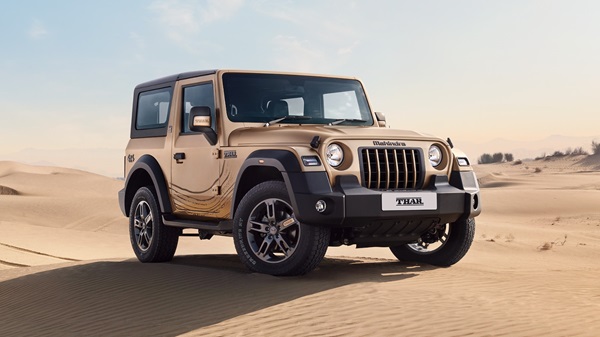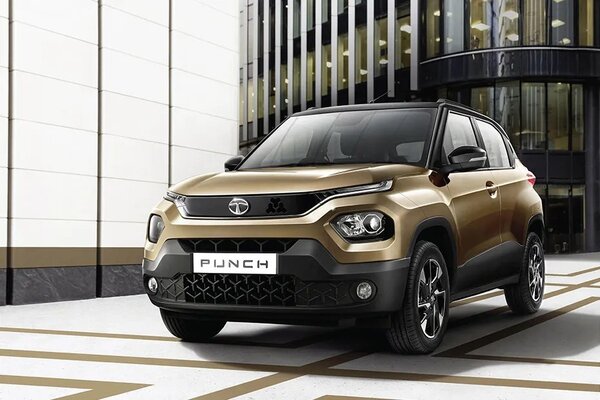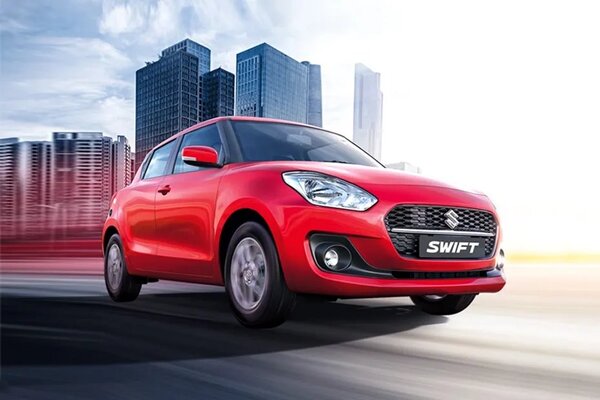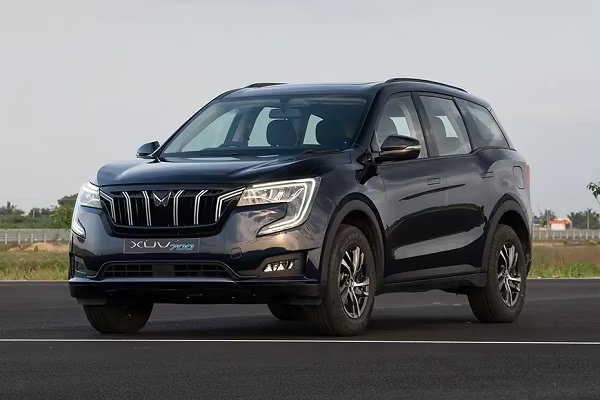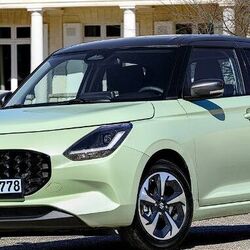Why manual transmissions are still popular in India amid rush for automatics
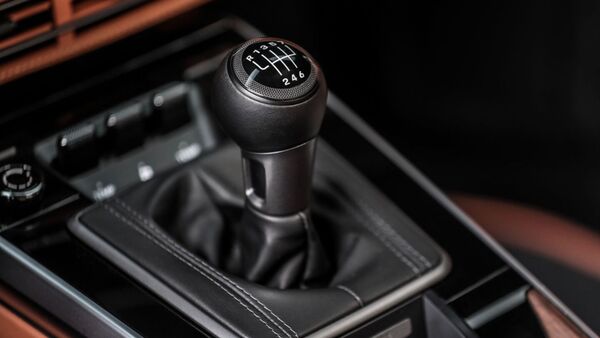

Despite the rising dominance of automatic transmission technology, Indian car buyers still prefer manual gearboxes when buying a car. In a world where personal mobility is getting more prominence since the Covid-19 pandemic, many consumers prefer to buy automatic transmission-equipped cars as they offer more driving convenience compared to manual transmission-equipped cars, especially in congested traffic situations like in cities, where dense vehicular population requires frequent clutch pressing and gear shifting. However, even amid the rise of automatic transmission technology, manual gearbox-equipped cars have been contributing the biggest chunk of the total passenger vehicle sales.
Be it an entry-level hatchback or a premium full-grown SUV, automakers have been offering a mix of variable automatic transmission options and manual gearboxes for their respective passenger vehicles, resulting in a wider choice for the customers. While automatic transmission technology has a wide range of options like AMT, CVT, DCT, AT etc, manual transmission is still finding a greater footprint in the passenger vehicle market.
Trending Cars
Here are some key reasons why manual transmissions are still popular in India amid the rush for automatics.
Automatic transmission commands a higher cost
India is known as a highly price-sensitive market and the complexity related to automatic transmissions makes it expensive for the automakers to develop and equip the mass market models with dual-pedal technology. On average, the entry-level AMT variant of a car costs about ₹80,000 more than a manual transmission variant of the model. This means the buyer has to shell out more money while buying the AMT variant of a car over the manual variant of it.
Subsequently, the higher sticker price of the car due to the automatic transmission technology drives up the insurance cost for the buyer, making the vehicle significantly expensive in a majority of the cases. This difference becomes prominent in entry-level cars, resulting in substantial acquisition costs for the buyers, eventually resulting in many consumers opting for manual variants to save a chunk of money on the sticker price and insurance cost.
Besides that, automatic transmission cars are expensive to maintain as well compared to their manual transmission-equipped counterparts. Automatic transmissions are complex in their construction compared to manual ones. This in return increases the maintenance cost for the owner, eventually resulting in him or her spending a much higher amount for overall ownership throughout the car's lifespan.
Manual transmission is more reliable than automatic
Reliability of technology is a key factor that plays a crucial role in the buying decision of consumers, especially when purchasing a large-ticket product like a car. Manual transmission technology has constantly evolved and has been in business for a longer duration than automatic transmission. Naturally, consumers prefer manual transmission-equipped cars for their proven reliability. In case of any trouble with the gearbox, finding a mechanic for a manual transmission is easier compared to finding a technician for an automatic gearbox.
Some of the issues that are common with automatic transmission technology are overheating and jerky rides. Transmission overheating happens for an automatic gearbox when the car is driven in congested traffic conditions, where the driver is required to go slow by putting his or her foot on the brake, while the gear is in Drive mode. On the other hand, a manual transmission doesn't encounter such an issue. AMT and DCT have often been criticized for being jerky in congested traffic. This happens due to the technology being at odds with finding the correct gear. Also, power lag in times of sudden requirement is a common issue with AMT.
Enthusiasts love manual transmission
Many car owners lean on manual transmission as this technology puts man and machine into sync with each other, giving the driver better control over the vehicle. This is why car enthusiasts prefer manual transmission over automatic. This is a reason why many sportscar manufacturers offer manual gearboxes in their high-end vehicles. For example, the iconic Porsche 911 is now back with a seven-speed manual transmission, which is solely meant for the purists. Many driving enthusiasts, who love offroading, prefer to go for a manual transmission as this technology offers greater control as well as better reliability and compatibility with 4x4 drivetrains in tricky situations.







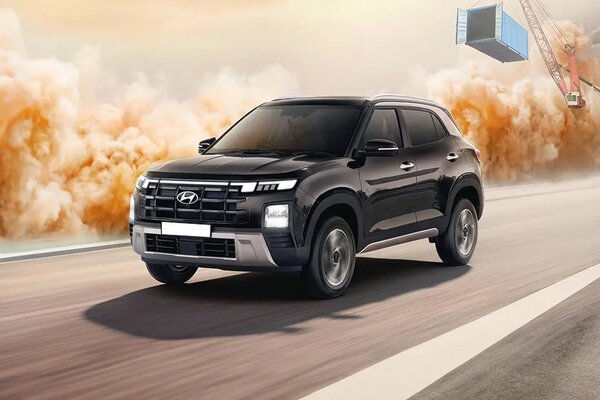
 1497 cc
1497 cc Multiple
Multiple